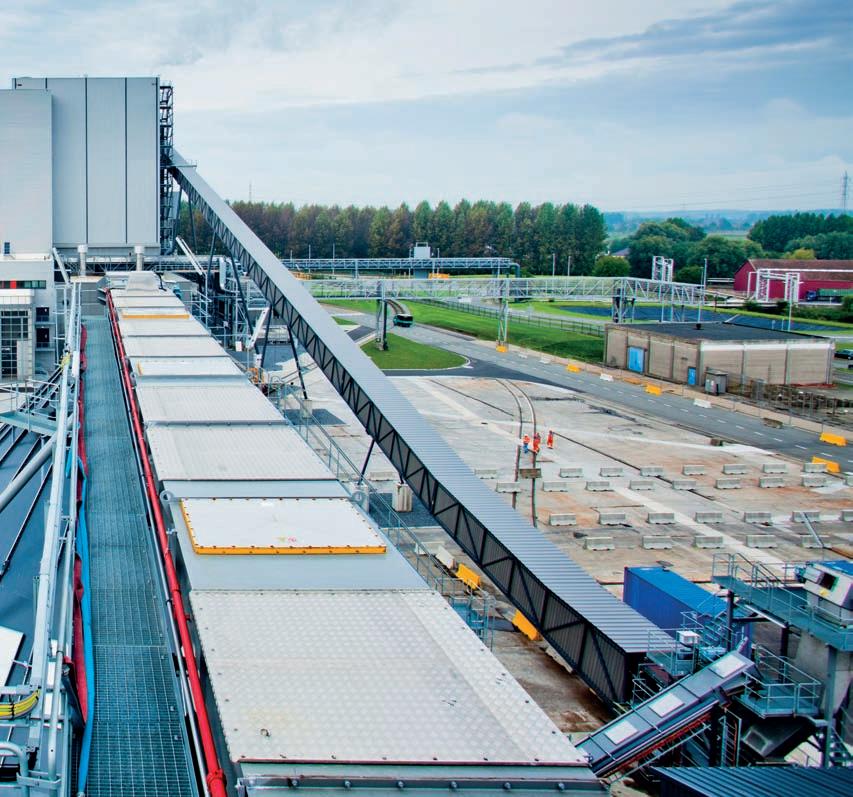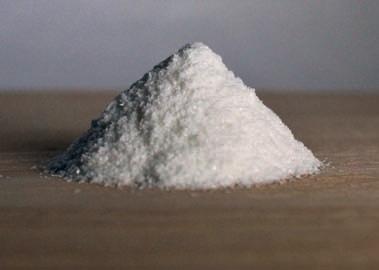
4 minute read
Converting sugar into biobased plastic
All photos courtesy of Stora Enso
Converting sugar into plastic at Stora Enso
Stora Enso is investing EUR 9 million to build a pilot facility for enabling the production of bio-based plastics as barrier in transparent packaging.

The pilot plant will convert plant-based sugars into the renewable building block required to make PEF, a bio-based plastic, mainly targeting the food and beverage industry. The pilot plant will be located at Stora Enso’s Langerbrugge Mill in Belgium.
The investment in bio-based chemistry further strengthens Stora Enso’s opportunities to replace fossil-based materials with renewable and recyclable materials. The pilot plant will focus on developing a cost-competitive process for manufacturing FDCA (furandicarboxylic acid) from sugars. FDCA is a key component of the bio-based barrier material PEF (polyethylene furanoate). In addition to its renewable nature, PEF’s attractive barrier, mechanical, and thermal properties open up new packaging opportunities, such as small liquid containers for soft drinks, juices, and other beverages.


Dirk Den OuDen, Vice PresiDent, emerging Business in DiVisiOn BiOmaterials, stOra ensO.
Bio-based materials are of rapidly growing interest in the packaging world, as companies look for sustainable packaging materials with high performance. With the pilot, Stora Enso continues to build on its long-term R&D work while targeting new markets with innovative, renewable materials that replace fossil-based materials. Because the company believes in synergy, it is looking forward to expanding its cooperation within the field of bio-based chemicals.
Running on sugar Stora Enso’s pilot aims to validate the chemical process and provide sample material to gain further insight into market need and product demand. The pilot facility will initially use industrially available fructose to produce high-value chemicals and materials for application testing. In the future, the intention is to run the process on sugars extracted from wood and other non-food biomasses.
The new pilot project will be run by Stora Enso’s Biomaterials division. The Langerbrugge paper mill provides space and infrastructure for hosting the facility. The Ghent area in Belgium is also home to a large number of chemical production sites. The design and engineering of the pilot facility have started and construction will begin in the second half of 2020. The plant is estimated to be ready in the first quarter of 2021. Decisions about commercialisation will follow after evaluating the results of the pilotscale production.
Stora Enso’s Langerbrugge Mill is one the largest paper mills in Europe, producing 540,000t of recycled newsprint and magazine papers annually. The production is exclusively based on paper for recycling. The pilot plant investment will not impact the mill’s paper production.
I. StoraenSo.com
Interview with Dirk Den Ouden, Vice President of Emerging Business in Division Biomaterials at Stora Enso
Q: What are the results that Stora Enso’s Biomaterials division hopes to achieve with the pilot project in Ghent? A: “We at Stora Enso believe that everything that is made out of fossil-based materials can be made out of renewable materials tomorrow, and this pilot facility is yet another proof point of our innovation work. With the pilot facility we are building on our long-term R&D work in bio-based chemicals. By running pilot efforts like this one, we will be able to explore new markets, new customers, new products, and new processes for the company. The FDCA pilot in particular allows us to prove the process we have developed and to create sample materials for future customers.”
Q: If the pilot works out well, what are the plans for the future? A: “The global packaging market is growing and rapidly changing, especially due to the demands of the eco-conscious consumers, the growth of the middle class, and the mobile lifestyle. Brand owners in today’s circular bioeconomy are furthermore increasingly searching for more sustainable materials. Our innovation has already gained a lot of interest from the market and we will continue R&D cooperation with customers during the pilot phase. The way in which we have designed the pilot allows for a direct scaling to industrial production, if so decided. Decisions about commercialisation will follow after evaluating the results of the pilot-scale production.”
Q: What are Ghent’s strong points as a location for the company? A: “Stora Enso’s Langerbrugge Mill already comprehends a large paper mill. The mill is able to host adequate space and capacity for the pilot plant, and also for an industrial scale plant if that were to materialise in the future. The mill’s existing infrastructure (operations, engineering support, safety networks, utilities, and facilities) is a great asset.”
Q: Is synergy with the other chemical production sites in the area important? A: “Yes, that´s one of the other drivers for selecting Ghent as the location, as the Ghent/Antwerp area is home to a large number of chemical and petrochemical production sites and thus a relevant area for the expertise required to successfully run such chemical pilot operations. We also expect to work closely with companies, research centres, and academia in the region, all possessing great expertise relevant to our project.”










